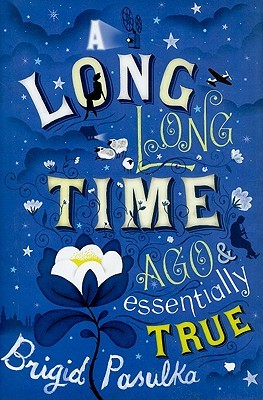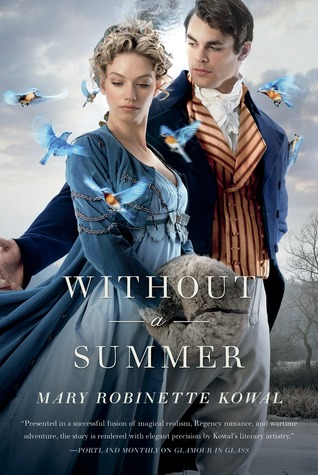Author: Kate Morton
Paperback: 672 pages (ARC version)
Publisher: Atria
Published date: 2011
FTC: Received to review from publisher
I've been trying to read through my overflowing ARC shelves and after reading Kate Morton's awesomely beautiful novel The Secret Keeper, I knew I had to read this one. Isn't the cover beautiful? Unfortunately I have the boring Uncorrected Proof one shown below. O well. I was a tad disappointed with The Distant Hours although I had set the bar pretty high after The Secret Keeper. The writing, par normal, was insanely good. While the story was good, gothic and atmospheric, for such a chunkster (non-ARC paperback is 560 pages), the book could have been edited a few hundred pages and still remained good tale.
Back of the book:
A long lost letter arrives in the post and Edie Burchill finds herself on a journey to Milderhurst Castle, a great but moldering old house, where the Blythe spinsters live and where her mother was billeted 50 years before as a 13 year old child during WWII. The elder Blythe sisters are twins and have spent most of their lives looking after the third and youngest sister, Juniper, who hasn't been the same since her fiance jilted her in 1941.
Inside the decaying castle, Edie begins to unravel her mother's past. But there are other secrets hidden in the stones of Milderhurst, and Edie is about to learn more than she expected. The truth of what happened in 'the distant hours' of the past has been waiting a long time for someone to find it.
My thoughts:
If you've never read any of Kate Morton's books then you should know a few things it seems like she trends on: great atmospheric writing set in the UK, usually duel stories of the present and the past, a mystery, and a great twist at the end. This is my third Morton book and she is firmly become one of my comfort novel authors - those tried and true authors who I know I can grab their book and become immersed in the story.
The story starts out in the 1990s following Edie Burchill. She's recently been dumped by her boyfriend of 8 or so years, she's looking for a place in London to live that doesn't cost a lot (haha), and she's the sole employee of a tiny little
Milderhurst Castle almost becomes another character in the story. I could actually picture the elderly three Blythe sisters: twins Percy, Saffy, and youngest sister Juniper moldering away there. Percy is the controlling one, Saffy is kind of the dreamy one, and Juniper is just beautiful and odd. Their father is the famous author Raymond Blythe who wrote Edith Burchill's favorite children's story The True History of the Mud Man. I love that while this is a fictional author and story, it seems like something that could have really been written. The book starts out with an excerpt of this gothic and creepy story.
All in all I really enjoyed this story. My only problem was the length of the book. I didn't feel like the story warranted the length. While Kate Morton's writing makes hundreds of pages fly by, it still felt a bit drawn out. If you've never read a Kate Morton book - well you should. But I'd start with a different book. Check out my reviews for The Secret Keeper or The House at Riverton.
Here's my copy, the uninspired uncorrected proof:
Also Reviewed By:
Books Please
Pudgy Penguin Perusals
A Little Bookish










